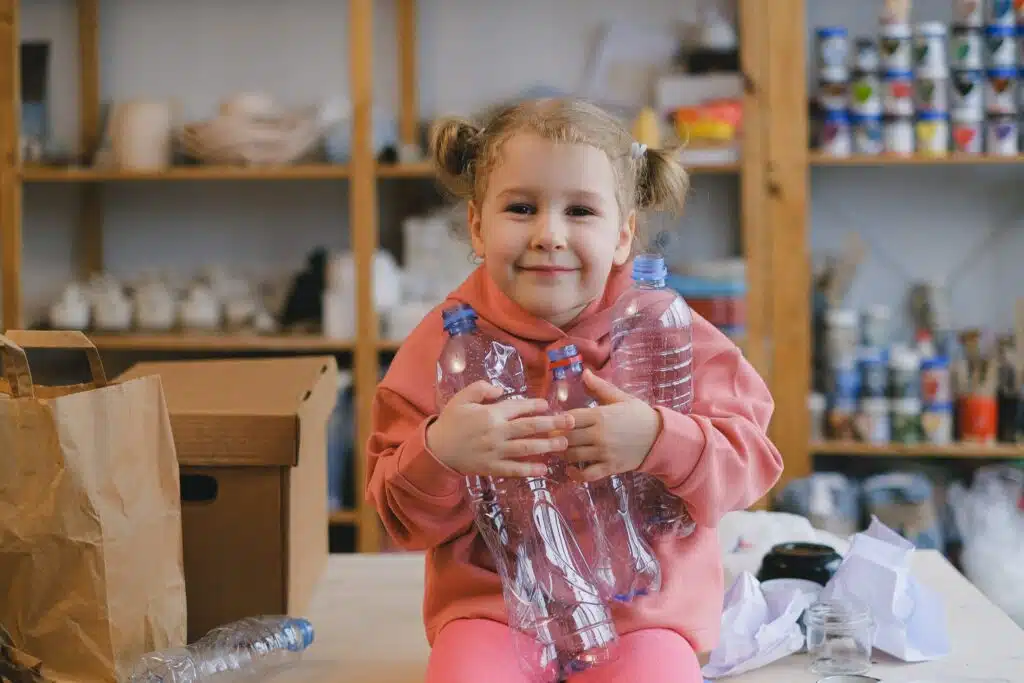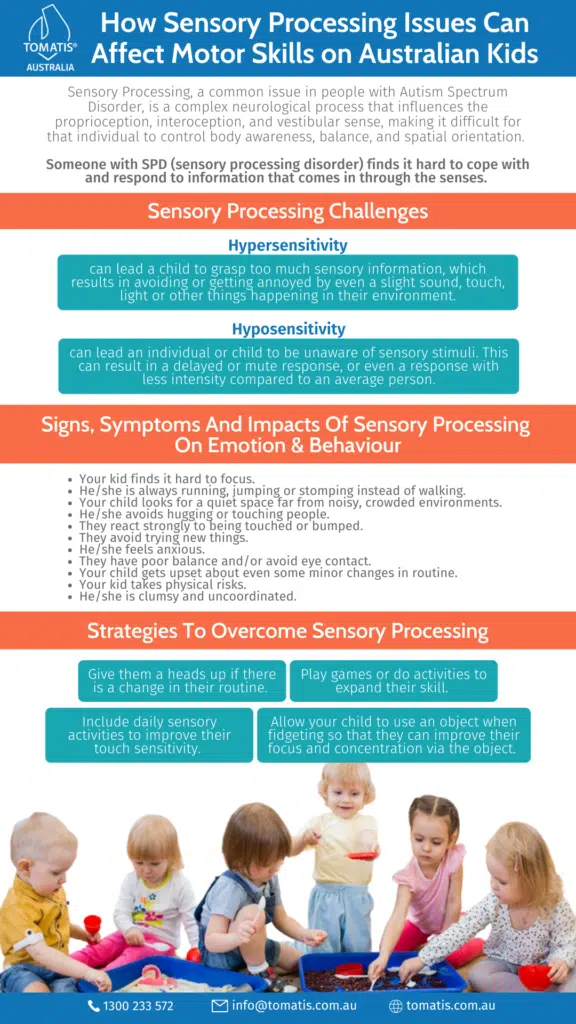How do you or your child feel today?
What does your kid feel inside their body when they see a loved one?
We are constantly feeling something externally and with physiological changes inside our body as well, thanks to our sensory organs. But not everyone is fortunate enough. One in every 20 children in Australia suffers from Sensory Processing Disorder (SPD), which makes it difficult for them to learn, cope with simple daily tasks and make friends.
Sensory Processing, a common issue in people with Autism Spectrum Disorder, is a complex neurological process that influences the proprioception, interoception and the vestibular sense, making it difficult for that individual to control body awareness, balance and spatial orientation.
In easy words, someone with SPD (sensory processing disorder) finds it hard to cope with and respond to information that comes in through the senses. Kids are usually oversensitive or under-sensitive to this disorder, where sensory processing issues can affect their motor skills in several ways.








